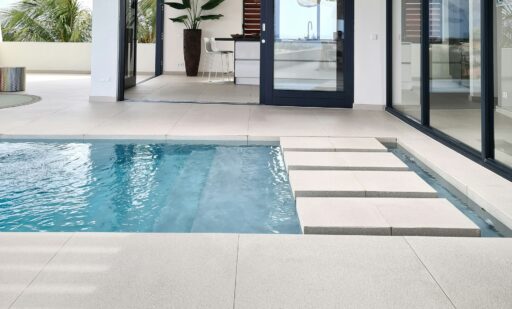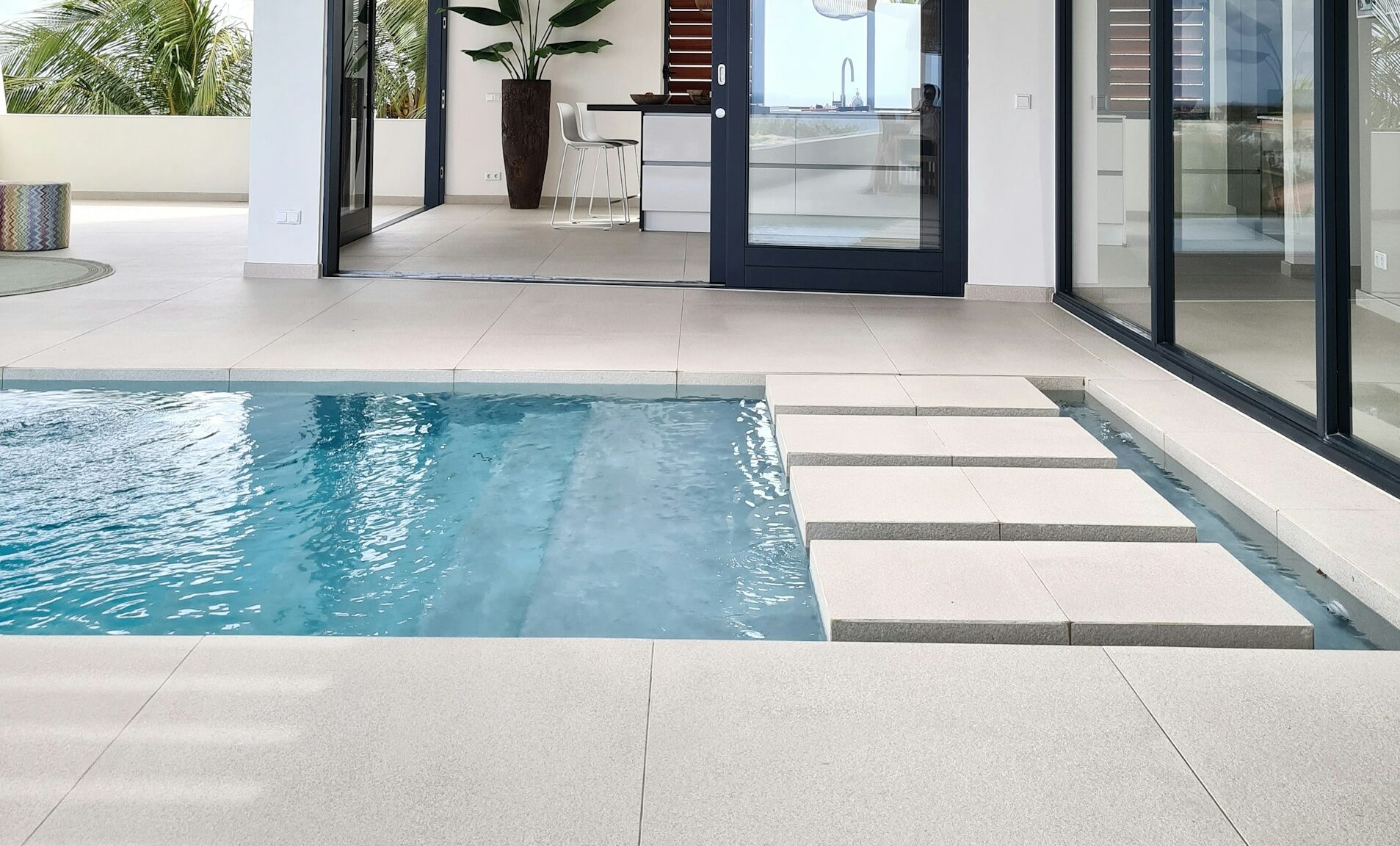Closing your pool for winter doesn’t have to be complicated. Still, every year, even experienced owners make mistakes that can lead to expensive repairs, green water, or a time-consuming spring cleanup. Preparing your pool the right way protects your investment, keeps the water clear, and ensures equipment like a Sta-Rite pool pump is ready to run smoothly come next season. Here’s how to avoid the most common pitfalls and make winterizing your pool truly hassle-free.
Closing Too Early—Or Too Late
Timing is everything when it comes to winterizing. Many pool owners rush to cover their pools at the first sign of cool weather, but closing too soon can be a costly mistake. If the water temperature is still above 65°F (18°C), algae will continue to grow under your cover, and you’ll end up with a green, murky mess in the spring. On the other hand, procrastinating until just before the first freeze can lead to pipe damage and equipment failure. The best strategy? Wait until water consistently stays below 65°F, but close before heavy frost sets in.
Neglecting Water Chemistry
Unbalanced water is a silent destroyer of pools and equipment. If pH, alkalinity, or calcium hardness is off, you risk corrosion, scaling, and cloudy water—all of which make spring openings a headache. Before closing, thoroughly test and balance your water. For most pools, the target is pH 7.2-7.6, total alkalinity 80–120 ppm, and calcium hardness 200-400 ppm. Don’t forget to add winterizing chemicals at least 24–48 hours before closing, not just minutes before you cover up.
Skipping the Final Deep Clean
Leaves, dirt, and fine debris left behind in autumn eventually break down, increasing phosphate levels and feeding algae growth. Neglecting a final scrub often means a nasty layer of slime waiting for you next season. Take time to brush pool walls and floor, vacuum thoroughly, and skim the surface to remove floating debris. Clean out the skimmer and pump baskets to help prevent clogging over the winter. This is especially critical if you use a robust filter or invest in premium storage, such as Keter sheds, to keep your cleaning gear organized and easily accessible.
Using the Wrong Pool Cover—Or Not Securing It Properly
A high-quality, well-secured cover is your best defense against winter debris, sunlight, and accidents. Too many pool owners try to save money with a cheap or ill-fitting cover, or skip it altogether. The result? Stained liners, decayed leaves, and water contaminated with pests and algae. For above-ground pools, don’t overlook air pillows to handle ice pressure, and use cables or heavy-duty straps to keep the cover in place during winter winds. Check your cover after storms, removing leaves and pumping off excess water to prolong its life.
Forgetting About Pool Equipment
Pool equipment—especially pumps, heaters, and filters—needs protection to survive freezing temperatures. Always drain water from pipes, pumps, and filters as directed, and blow out lines with a shop vac or an air compressor, if needed for your climate. Remove accessories, store them safely, and if you rely on a Sta-Rite pool pump for superior performance, give it a thorough cleaning before storage. Failing to drain or clean your equipment can lead to cracking, internal rust, and costly repairs in the spring.
Bonus: Don’t Drain the Pool Completely
Some owners worry that frozen water will harm their pool and choose to drain it entirely—a costly misconception. The weight of the water protects pool walls from external pressure, especially in in-ground models, and prevents vinyl liners from drying out and shrinking in above-ground pools. For most cases, lower the water to just below the skimmer and add a winterizing plug or gizmo to prevent ice damage.
Closing your pool the right way is all about avoiding common mistakes, from timing your cover to balancing water and caring for equipment. Invest in premium covers, dependable storage like Keter containers for supplies, and always maintain your pump and filtration system for smooth startups each spring. With the proper steps, you’ll save time and money and enjoy a sparkling pool with less hassle when warm weather returns. Winterizing isn’t scary—it’s just smart pool ownership.








